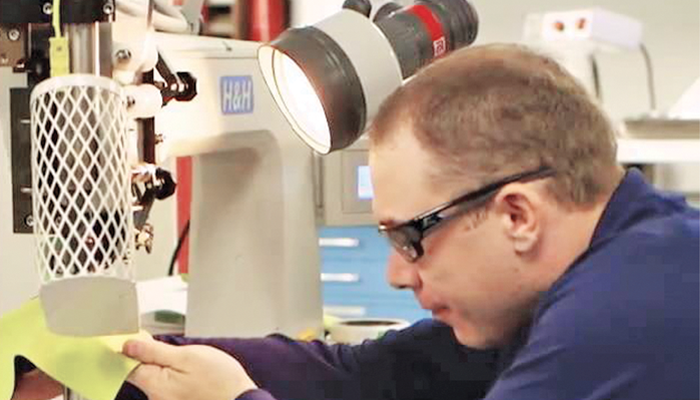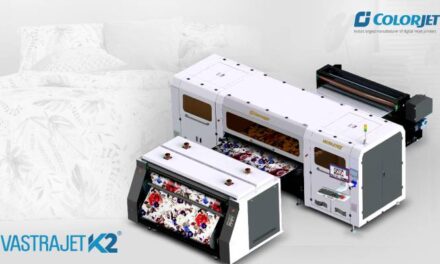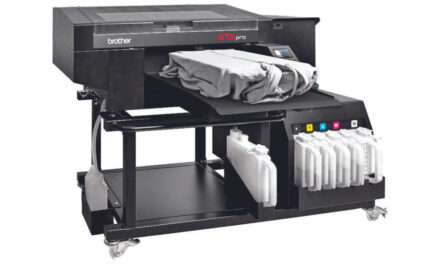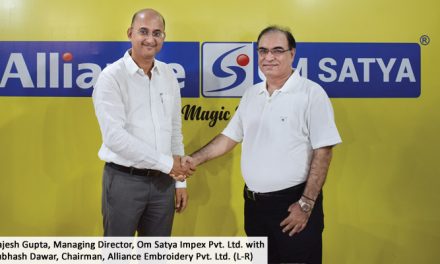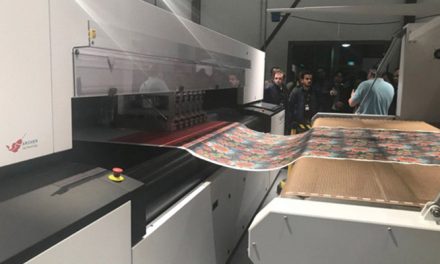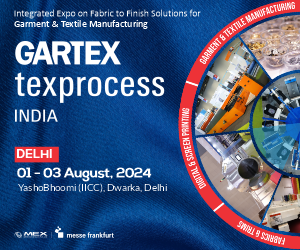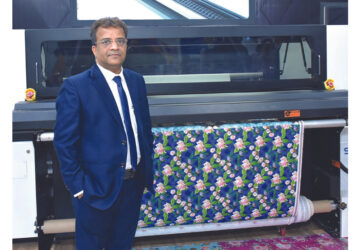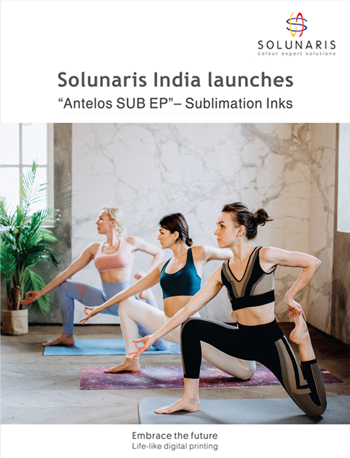Though the traditional thought has it that a “stitch in time saves nine,” what if there weren’t a stitch to begin with? It might be time to change the saying to something like “a touch of glue saves two” or “a welded seam is keen.” Just the thought of less bulky and lighter-weight gear and garments, all with more pleasing aesthetic lines (dare we say, fashionable?) is enough to get many designers “permanently bonded” to this new technology!
Adhesive Films
Bemis is the maker of Sewfree, one of the leading adhesive films being used to replace stitches for seams. Seamless technology, or products using Sewfree in construction, range from intimate apparel, lifestyle garments, technical outerwear, accessory items and even footwear, according to Chris Parlee, Marketing Manager for Bemis. Sewfree adhesive film is being used to bond fabrics and components—including everything from lace and meshes to ripstop nylons, all in one step—by such manufacturers in the outdoor industry as Arc’Teryx, Mountain Hardwear and Marmot. “I would say that Mountain Hardwear and Arc’Teryx are leading the pack here,” said Paul Kramer, Vice President of design and sourcing at Mountain Hardwear.
“There are some surfing companies that are big into the glue, but they are fairly basic in their approach. A lot of them don’t seem to be very technical.Arc’Teryx and Mountain Hardwear seem to be introducing the products and inventing new techniques and ideas for glued and welded construction.”Parlee said that Sewfree is being used to complement the stretch and recovery in what could be called “strategic” locations of activewear and fitness shorts.
In apparel, welding and bonding have been used for the past several years to apply pockets and zippers, make darts and pleats, hang pocket bags, hem garments, make stiffer plackets or panels, and apply waistcords. The primary advantage is that components, like pockets and zippers, can be placed without having to cut and sew the garment. Hems and plackets are also being glued to offer a clean look, eliminate seam tape, and prevent water leakage in the hem, flap or cuff.
“Many times these types of applicationsare done for aesthetic reasons,” Kramer said. “But, it is also important for technical reasons—in order to save weight, improve waterproofness or to increase breathability by eliminating layers of fabric. The goal is to weld or glue a waterproof/ breathable garment together so that seam tape can be eliminated, making the garment significantly lighter, softer and more breathable
Welded Seams
Welded (seamless) construction is being used in sleeping bags, tents and packs. In sleeping bags, baffles are bonded to the shell fabric to prevent the shell from being punctured; however, this is only now beingdone on fabrics that have a laminate or coating, so that the waterproof integrity of the outer fabric is maintained. Similar methods for garment construction are used, but with some slight modification. Mountain Hardwear considers the details of its construction method to be proprietary. “In tents, Mountain Hardwear is using seamless construction to attach a coated floor to a fly. This eliminates the need to tape, saves weight and also makes new construction techniques possible,” said Kramer. “Currently, welding or gluing critical seams for tents is not possible due to the extreme stresses involved.”
Methods To The Madness
There are two basic methods for applying bonded and welded seams. The first method uses an adhesive film (thermoplastic film) for bonding two fabrics (substrates) together. In this technique, the adhesive film is slit into tapes and applied in strategic locations, or the adhesive film can be laminated to wide-width fabrics, Bemis’ Parlee explained. “During the process, the adhesive is tacked or laminated to one of the substrates, and the second substrate can be laid on top,” he said. “Then, heat and pressure activate the adhesive. The film melts and penetrates into the fabrics and creates a bond between the two.”
The second method involves welding two fabrics with radio frequency/ ultrasound. Ultrasonic echnology involves the creation and channeling of high frequency vibratory waves that cause a rapid buildup of heat in synthetic fabrics. The heat can be used to weld, bond, cut or slit the materials, asdesired. The ultrasonic bonding process is fast, accurate and efficient.
Janet Devine, President of Sonobond Ultrasonics, a supplier of ultrasonic equipment for bonding textiles, said, “With ultrasonics, the need for consumables such as adhesives is eliminated. In addition, the production runs efficiently because there is no need to allow time for glues or other solvents to dry.”
There are many advantages of bonding or welding, according to Parlee. “Bonded garment technology allows for a seamless look and feel,” he said.“A slimmer profile and less abrasion to the enduser are achieved with bonded seaming. A bonded seam can also initiate the stretch and recovery of the fabric, more so than stitching. A bonded seam can be waterproof, and a bonded garment typically weighs less than a sewn garment.”
Bonding also reduces or eliminates the amount of thread used so there are no threads to wear out in a seam, Kramer said. “Then, you can also put otherthings into the seams, like elastic. The seam can stretch, whereas most seams that are sewn and taped do not stretch.” Additionally, bonding allows.


